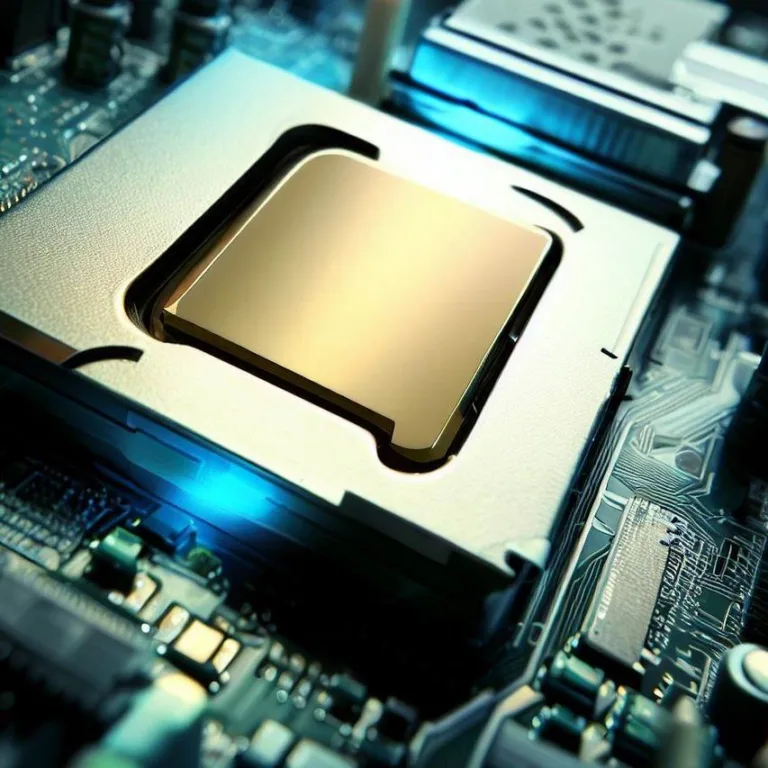Welcome to our comprehensive guide on optimizing your Windows audio experience. Whether you’re a music enthusiast, a gamer, or just someone who enjoys clear and immersive sound, understanding how to manage audio settings on your Windows PC is crucial. In this article, we’ll delve into various techniques and tips to help you make the most out of your audio setup.
Understanding windows audio settings
Windows offers a range of audio settings that allow you to customize your sound output according to your preferences. To access these settings, right-click on the sound icon in your taskbar and select „Open Sound settings.” Here, you can adjust the volume, select your output device, and even troubleshoot audio-related issues.
Choosing the Right Output Device
Windows lets you choose your preferred output device, such as speakers, headphones, or external audio interfaces. This choice significantly impacts your sound quality. Selecting the appropriate device ensures that you’re getting the best audio experience tailored to your hardware.
Configuring Playback and Recording Devices
Within the Sound settings, you can configure playback and recording devices. If you’re using multiple audio devices, such as speakers and headphones, make sure to set your desired device as the default for both playback and recording. This ensures consistent audio quality and seamless transitions.
Enhancing sound quality
If you’re aiming for a more immersive sound experience, consider implementing the following techniques:
Equalizer Settings
Windows allows you to adjust the equalizer settings to fine-tune the audio output. You can choose from preset equalizer profiles or create a custom profile based on your preferences. This feature is particularly useful for music lovers who want to emphasize certain frequencies.
Audio Enhancements
Explore the „Enhancements” tab in your playback device properties. Here, you’ll find options like Bass Boost, Virtual Surround, and Loudness Equalization. Experiment with these settings to see how they enhance your audio quality. Keep in mind that the effectiveness of these enhancements can vary depending on your hardware and personal preference.
Troubleshooting audio issues
Encountering audio problems is not uncommon, but with a few troubleshooting steps, you can often resolve them:
Update Drivers
Outdated or incompatible audio drivers can lead to various sound issues. Visit the manufacturer’s website or use Windows Device Manager to ensure your audio drivers are up to date.
Check Application Settings
If you’re experiencing sound problems in specific applications, verify that their audio settings are configured correctly. Sometimes, applications might use the wrong audio output device or have their volume settings lowered.
Frequently Asked Questions (FAQs)
1. How can I switch between audio devices quickly?
You can use the Windows key + Shift + S shortcut to open the „Quick Settings” menu, which allows you to choose your desired audio output device.
2. Can I use third-party equalizer software?
Yes, you can install third-party equalizer software to further enhance your audio experience. Popular options include Equalizer APO and Voicemeeter.
3. Why is there a delay in my audio?
Audio delay can occur due to various reasons, including outdated drivers or incorrect audio settings. Make sure your drivers are up to date and check if your audio playback settings are configured properly.
By following these guidelines, you can optimize your Windows audio experience to enjoy crystal-clear sound whether you’re gaming, watching movies, or simply listening to music.







